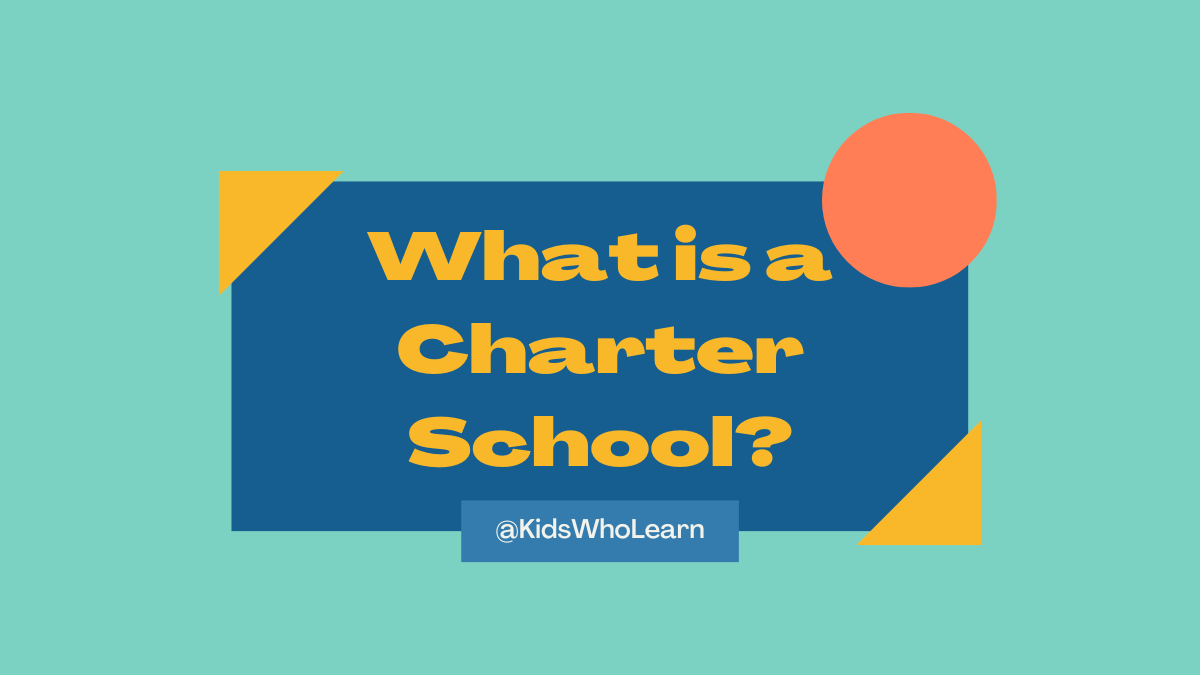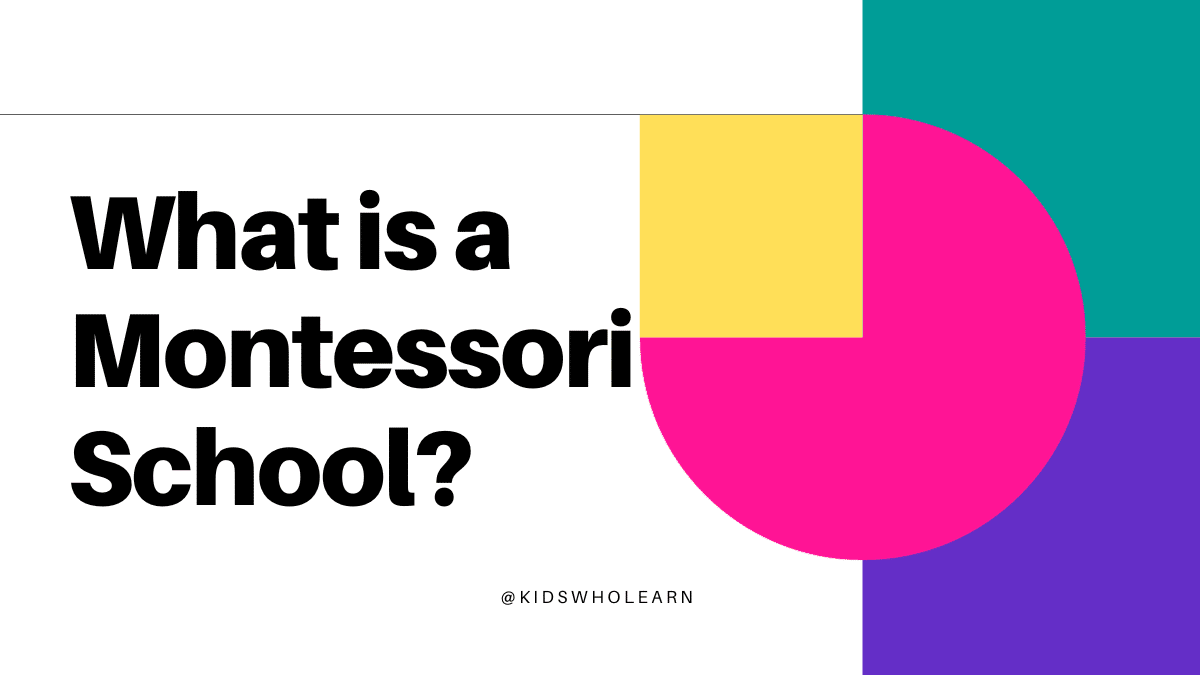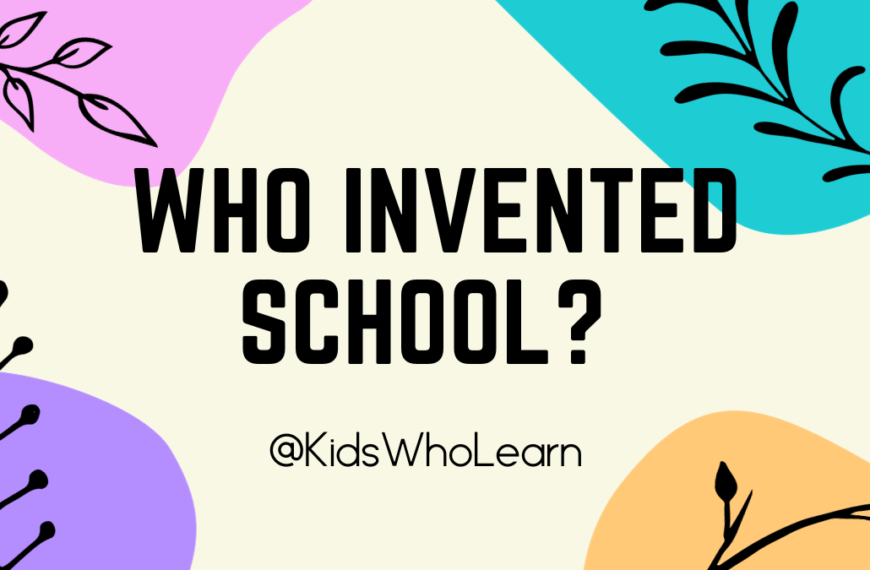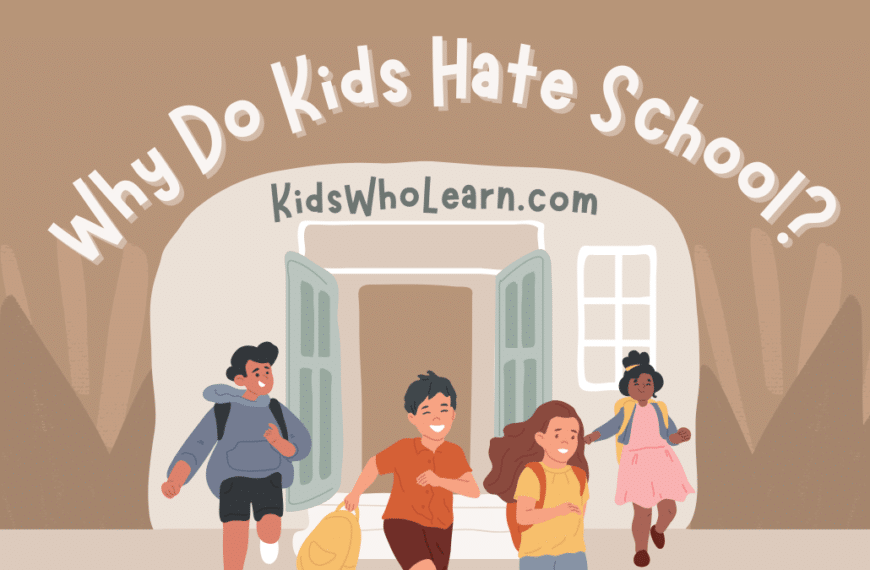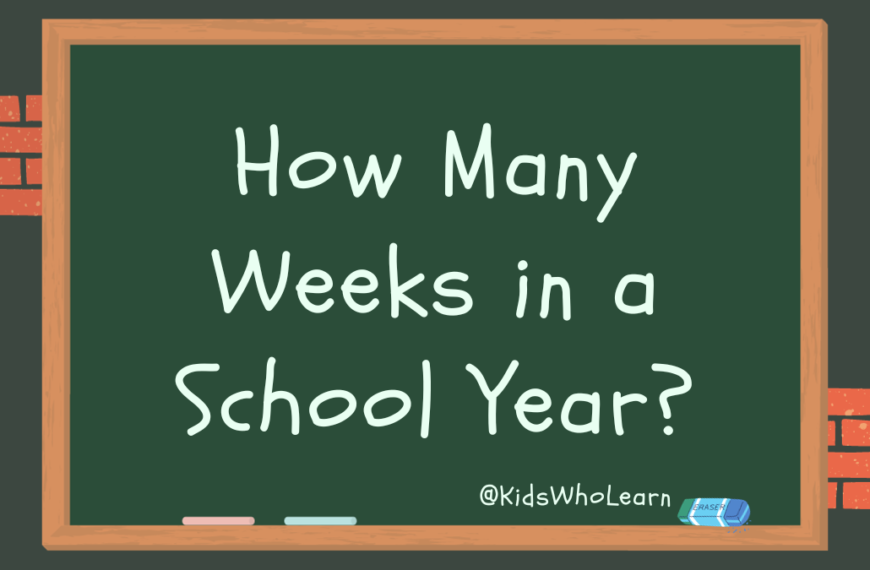Charter schools have become increasingly popular in recent years, but many people are still unsure of what they are and how they differ from traditional public schools. Simply put, charter schools are publicly funded schools that operate independently of the traditional public school system. They are given more flexibility in terms of curriculum, teaching methods, and management, but are held accountable for their results.
Charter schools were first established in the United States in the early 1990s as a way to promote innovation and provide more choices for families. Today, there are over 7,000 charter schools across the country, serving over 3 million students. While they are similar to traditional public schools in many ways, there are some key differences that set them apart.
Key Takeaways
- Charter schools are publicly funded schools that operate independently of the traditional public school system.
- They are given more flexibility in terms of curriculum, teaching methods, and management, but are held accountable for their results.
- Charter schools were first established in the United States in the early 1990s as a way to promote innovation and provide more choices for families.
What is a Charter School?
A charter school is a public school that operates independently from the traditional public school system. They are created through a contract, or charter, with a sponsoring entity, such as a school district or state department of education.
Charter schools are known for their flexibility in curriculum, teaching methods, and overall approach to education. They are free from many of the regulations and restrictions that traditional public schools face, which allows them to innovate and experiment with new ways of teaching and learning.
Charter schools are open to all students, regardless of their background or academic ability. They are not selective in their admissions process and do not charge tuition. However, if there are more students interested in attending a charter school than there are available spots, they may hold a lottery to determine enrollment.
Charter schools are held accountable for their academic performance and must meet the same standards as traditional public schools. They are required to administer standardized tests and report their results to the state. If a charter school consistently underperforms, it may be shut down.
Overall, charter schools offer families an alternative to traditional public schools and provide students with a unique educational experience.
History of Charter Schools
Charter schools are public schools that operate independently of the traditional public school system. They are granted greater flexibility in their curriculum, teaching methods, and budgeting in exchange for increased accountability and performance standards. The concept of charter schools originated in the United States in the 1980s.
In 1988, the first charter school law was passed in Minnesota, allowing for the creation of schools that would receive public funding but operate independently of the traditional public school system. The idea quickly gained popularity and spread to other states. By 1995, there were 100 charter schools in the United States.
The growth of charter schools continued throughout the 1990s and 2000s. In 2001, the No Child Left Behind Act was passed, which increased the focus on standardized testing and accountability in public schools. This led to a greater demand for charter schools as an alternative to traditional public schools.
Today, there are over 7,000 charter schools in the United States, serving over 3 million students. While the concept of charter schools has been controversial, with some arguing that they drain resources from traditional public schools, they continue to be a popular choice for parents and students seeking alternative educational options.
Charter School Vs Traditional Public School
When it comes to education, you have a lot of options. Two of the most common are charter schools and traditional public schools. Here’s a breakdown of the key differences and similarities between the two.
Key Differences
| Charter Schools | Traditional Public Schools |
|---|---|
| Operated by private organizations or individuals | Operated by the government |
| Often have a specific educational focus or mission | Generally follow a standard curriculum |
| Have more flexibility in hiring and firing teachers | Teachers are typically unionized |
| Often require parents to be more involved in their child’s education | Parental involvement is encouraged but not required |
| Often have smaller class sizes | Class sizes can vary widely |
Similarities
Despite their differences, charter schools and traditional public schools do have some similarities. For example:
- Both are required to follow state and federal education laws and regulations.
- Both are required to administer standardized tests to their students.
- Both receive funding from the government, although the amount and sources of funding may differ.
Ultimately, the decision of whether to send your child to a charter school or a traditional public school will depend on your individual needs and preferences. It’s important to do your research and consider all of your options before making a decision.
Advantages of Charter Schools
Charter schools are public schools that operate independently from traditional public schools. They are given more freedom to design and implement their own educational programs in exchange for increased accountability. Charter schools have become increasingly popular in recent years, with more and more parents choosing them as an alternative to traditional public schools. Here are some advantages of charter schools:
Innovation
Charter schools have the freedom to experiment with new educational approaches and teaching methods. They are not bound by the same regulations and restrictions as traditional public schools, which allows them to be more creative and innovative. Charter schools can develop specialized programs that cater to the needs of specific student populations, such as students with learning disabilities or English language learners.
Flexibility
Charter schools have more flexibility in terms of their curriculum, staffing, and budget. They can hire teachers who are not certified by the state, which allows them to bring in experts in specific fields. Charter schools can also allocate resources more efficiently, as they are not bound by the same bureaucratic processes as traditional public schools. This allows them to invest more in classroom resources and technology.
Accountability
Charter schools are held accountable for their performance. They are required to meet certain academic and financial standards in order to maintain their charter. If a charter school fails to meet these standards, it can be shut down. This accountability ensures that charter schools are providing a quality education to their students.
In summary, charter schools offer a number of advantages over traditional public schools, including innovation, flexibility, and accountability. These advantages have made charter schools a popular choice for parents who are looking for alternative educational options for their children.
Disadvantages of Charter Schools
Charter schools have become a popular option for parents looking for alternatives to traditional public schools. However, like any educational system, charter schools have their disadvantages. In this section, we will discuss some of the disadvantages of charter schools.
Limited Accessibility
One of the biggest disadvantages of charter schools is their limited accessibility. Charter schools are not required to accept all students who apply, and some schools have strict admission requirements. This can be a problem for students with disabilities or students who come from low-income families.
Charter schools also tend to be located in urban areas, which can make them difficult to access for students who live in rural areas. This can be a problem for families who do not have access to reliable transportation.
Lack of Oversight
Another disadvantage of charter schools is the lack of oversight. While charter schools are held accountable for their academic performance, they are not subject to the same regulations as traditional public schools. This can lead to a lack of transparency and accountability.
Charter schools are also not required to hire certified teachers, which can lead to a lower quality of education. Additionally, some charter schools have been accused of misusing public funds, which can be a concern for taxpayers.
In conclusion, while charter schools can provide an alternative to traditional public schools, they do have their disadvantages. Limited accessibility and lack of oversight are two of the biggest concerns when it comes to charter schools.
Charter School Funding
Charter schools are funded differently than traditional public schools. While public schools receive funding from the government, charter schools receive funding from a variety of sources, including the government, private donations, and grants.
The amount of funding that a charter school receives varies depending on the state and the school’s location. In some states, charter schools receive the same amount of funding per student as traditional public schools, while in others, they receive less.
Charter schools are also able to generate revenue through fundraising and donations. Many charter schools have partnerships with local businesses and organizations, which can provide additional funding and resources.
One advantage of charter school funding is that it allows for more flexibility in how the school’s resources are used. Charter schools can allocate funding to specific programs and initiatives, allowing them to tailor their curriculum to the needs of their students.
However, some critics of charter schools argue that the funding model is unfair, as it can result in traditional public schools receiving less funding. Additionally, some charter schools have been accused of misusing funds or not being transparent about their finances.
Overall, the funding of charter schools is a complex issue that varies depending on the state and the school. While charter schools have the potential to receive more funding and resources than traditional public schools, there are also concerns about fairness and transparency in the funding process.
The Charter School Debate
Charter schools have been a topic of debate since their inception in the early 1990s. Supporters argue that they offer a valuable alternative to traditional public schools, while opponents argue that they drain resources from public schools and exacerbate segregation.
One of the main arguments in favor of charter schools is that they provide parents with more choice and control over their children’s education. They are often able to offer specialized programs or curricula that may not be available in traditional public schools. Additionally, because charter schools are typically smaller than public schools, they may be able to offer a more personalized learning experience for students.
However, opponents argue that charter schools are not held to the same standards as public schools and are therefore not held accountable for their performance. They also argue that charter schools can exacerbate segregation, as they often serve specific communities or demographics. Critics also point out that charter schools are not required to provide the same services as public schools, such as special education programs.
Another point of contention is the funding of charter schools. While they are publicly funded, they often receive less funding per student than traditional public schools. This has led to accusations that they drain resources from public schools, which can lead to budget cuts and teacher layoffs.
Overall, the debate over charter schools is complex and multifaceted. While they offer some potential benefits, they also raise significant concerns about accountability, equity, and funding. As such, it is important for policymakers and educators to carefully consider the pros and cons of charter schools when making decisions about education policy.
Conclusion
Charter schools are an increasingly popular alternative to traditional public schools. They offer parents and students a choice in education, and they often have more flexibility in terms of curriculum, teaching methods, and school culture.
While charter schools are not without their controversies, they have the potential to provide a high-quality education for students who might not thrive in a traditional public school setting.
If you are considering a charter school for your child, it’s important to do your research and find a school that aligns with your values and educational goals. Look for a school with a strong track record of academic success, a supportive and inclusive school culture, and a commitment to providing a well-rounded education that prepares students for success in college and beyond.
Ultimately, the decision of whether or not to enroll your child in a charter school is a personal one, and it will depend on your individual circumstances and priorities. But with the right information and resources, you can make an informed decision that will set your child up for success in their academic and personal lives.
Frequently Asked Questions
What is the difference between a charter school and a private school?
Charter schools are public schools that operate independently from traditional public schools. Private schools, on the other hand, are not funded by the government and are not required to follow the same regulations as public schools. Charter schools are held accountable for their performance by their authorizer, which is usually a local school board or the state.
What distinguishes a charter school from a magnet school?
Magnet schools are public schools that offer specialized programs in areas such as science, technology, engineering, and math (STEM), performing arts, or language immersion. Charter schools, on the other hand, have more flexibility in their curriculum and can offer a variety of programs based on the needs of their students.
What makes a school a charter school in Massachusetts?
In Massachusetts, charter schools are public schools that operate independently from traditional public schools and are authorized by the state Board of Elementary and Secondary Education. They are held accountable for their performance by their authorizer and must adhere to certain regulations and guidelines.
Are charter schools considered private schools?
No, charter schools are public schools and are open to all students, regardless of their background or ability. They are funded by the government and are required to follow the same regulations as traditional public schools.
Are charter schools tuition-free?
Yes, charter schools are tuition-free and open to all students. They are funded by the government and do not charge tuition.
What defines a charter school in California?
In California, charter schools are public schools that operate independently from traditional public schools and are authorized by either the local school district or the state Board of Education. They are held accountable for their performance by their authorizer and must adhere to certain regulations and guidelines.

